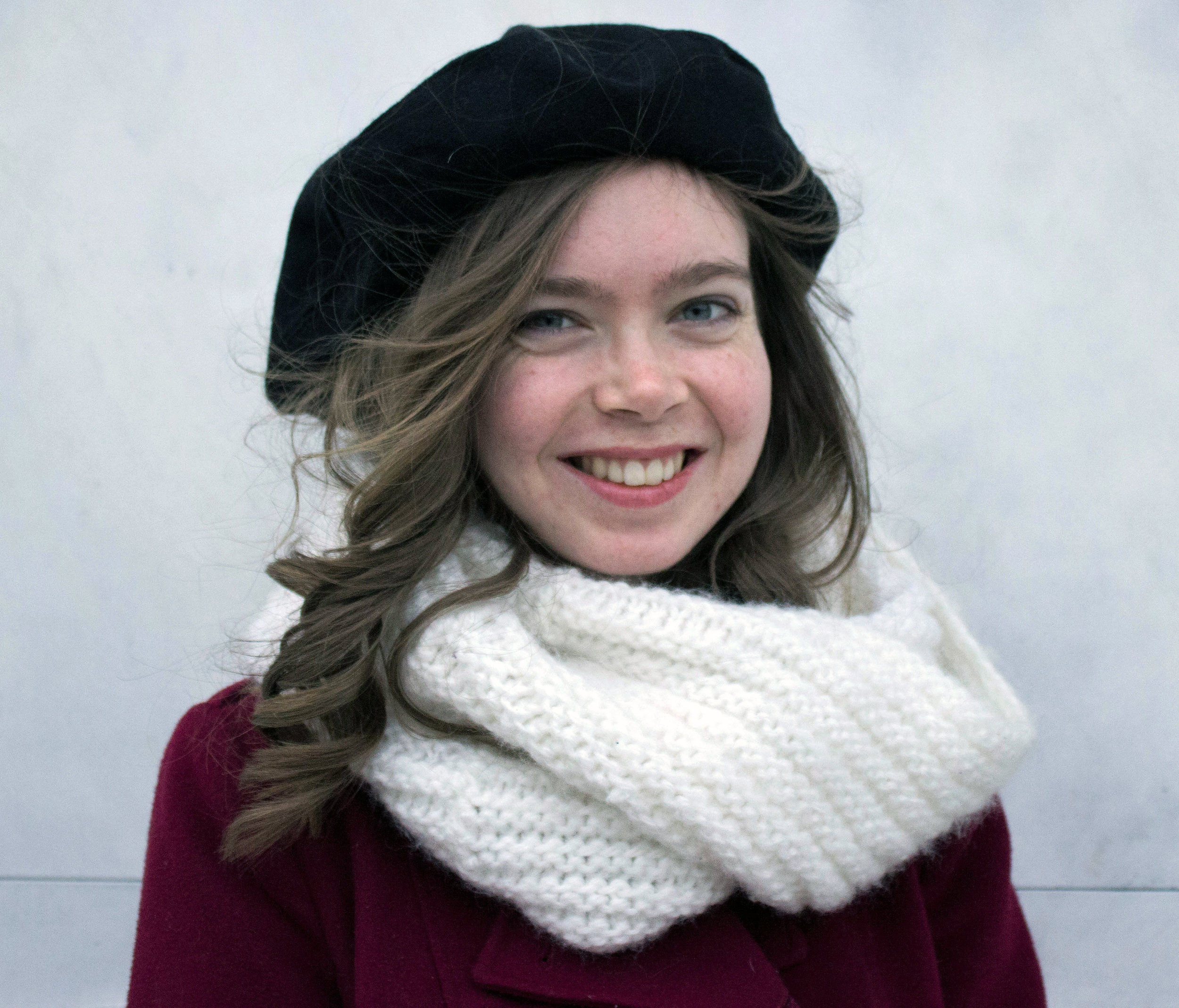Hello all! I have another, slightly off-piste thing that I made to share with you. After watching the recent BBC adaptation of Howards End I found myself incomplete without a beret of some description. You can see a picture of the main motivator here. One day I’d like to knit a beret much like the original specimen but when I was sorting through my sewing patterns and unearthed a hat pattern who was I to stand in the way of fate?
It took no time at all to cut out, being made up of a circle for the top and a doughnut shape for the underneath. One of each was cut out of the main fabric, lining and interfacing. I used some black wool from the stash for the outer and a wine coloured lining for the inside.
For the hat band I used an inch wide cotton tape that was folded in half and topstitched onto the inside circle of the aforementioned doughnut. The pattern said nothing about elastic but I want this hat to stay on my head so I added that into the band just in case. (After being worn around a windy Vienna I was very glad of this forethought).
After a quick trying on before adding the band I wasn't a fan of how the hat was sitting. I should note that I wasn't entirely sure how it should sit, being fairly new to the world of hats, but I knew that something had to be done if it was ever to be worn. I decided to rip out the interfacing which just made the whole thing far too stiff, and plump instead for a more floppy effect. I also made the head hole a bit bigger so it would fit on my head a bit more.
After the hat was done I decided that it was lacking a pompom, so I hunted out some black wool from the back of the wardrobe and made a pompom with the side of 2 cardboard doughnuts. This was then sewn onto the middle of the hat. When I look at the pompom now could have been a bit mightier, but I love it just the same. All in all, the process took me an evening and was a perfect palette cleanser before tackling some more involved makes. I still haven't decided whether I like how it looks on my head, but I do know that it keeps me warmer than I would be if I were not wearing it, so surely that makes it a winner.
Thanks for reading!
Lauren xx































